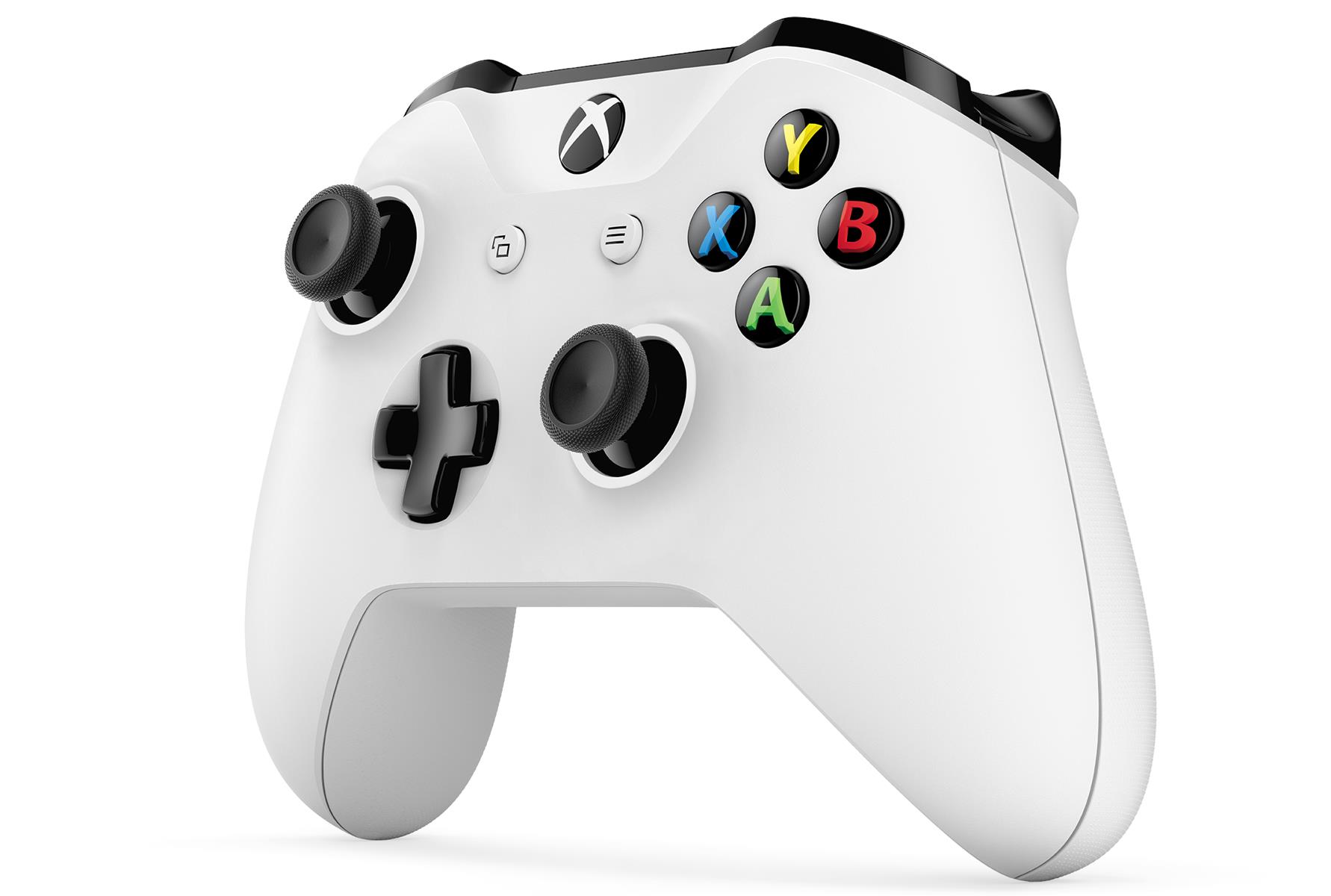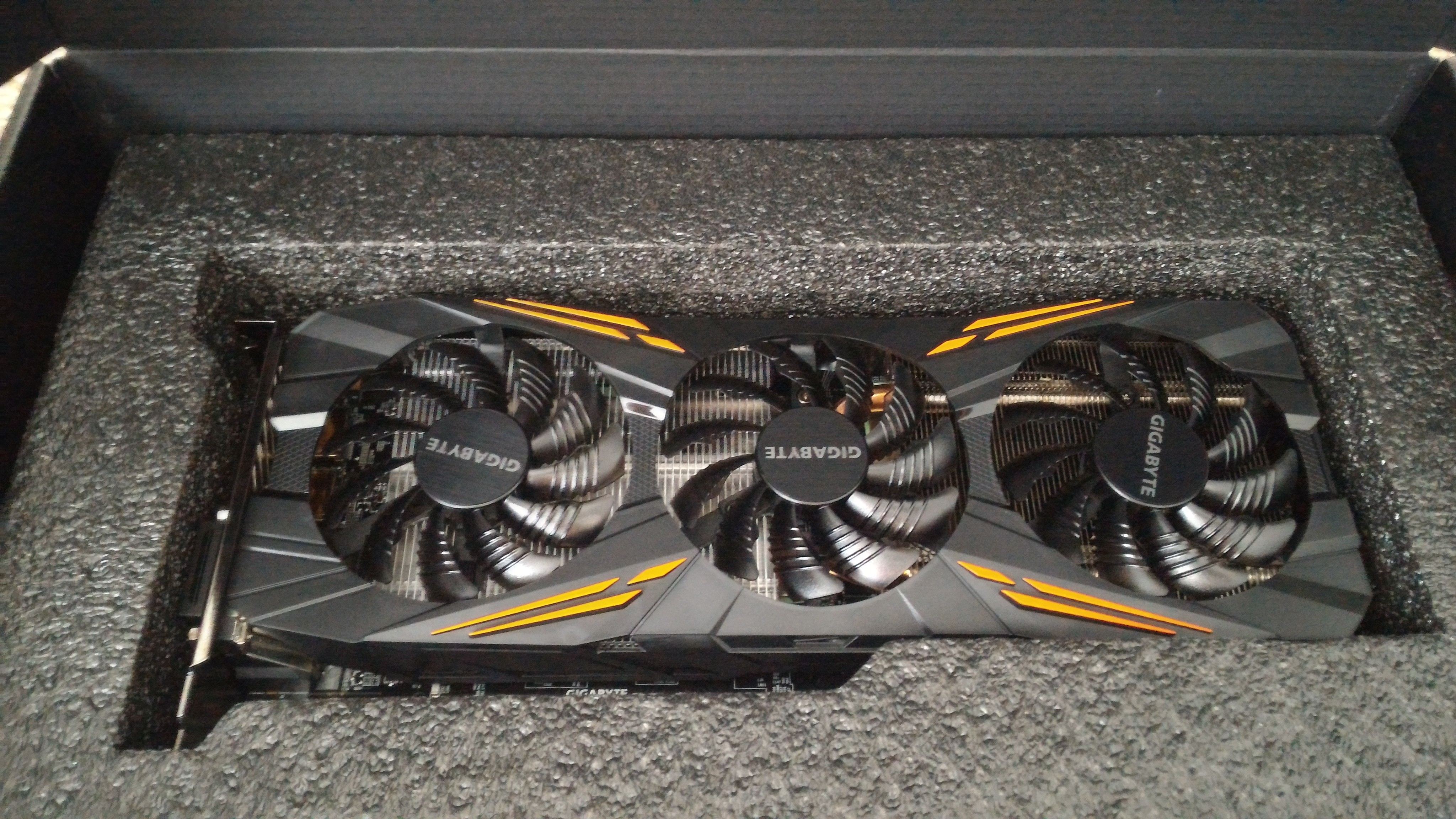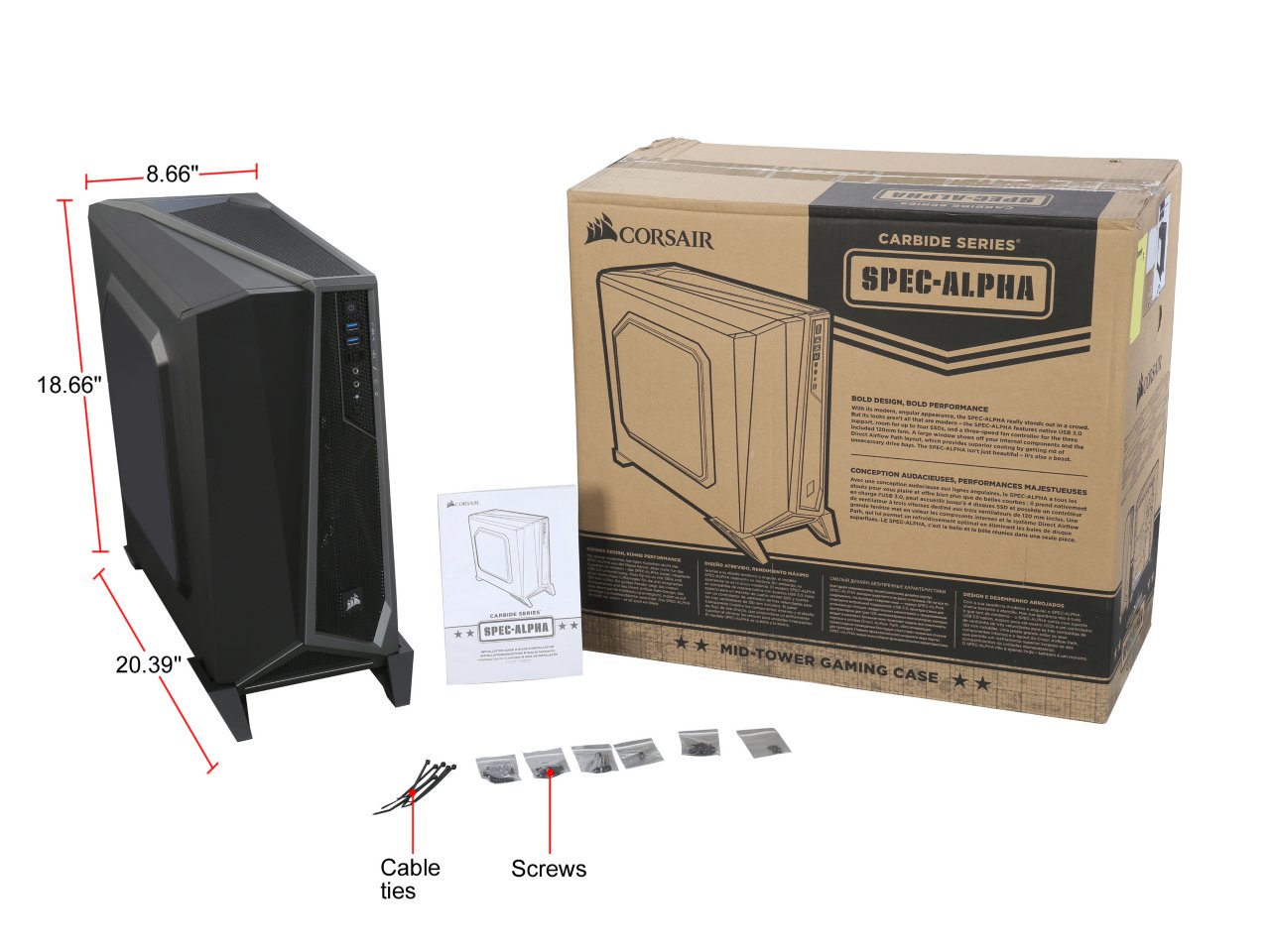Building a computer is always just the beginning of the process. In order for a system to function effectively, a PC needs more than just a blank operating system. Many tools exist today, often available as free downloads, that optimize the user experience and efficiency at completing tasks. Over the last 4 years I have tried many different software pieces for different purposes to see whether a program serves to further optimize my work. I decided to write this article to show some of my favourites and explain how they are useful in day-to-day tasks, as well as for gaming purposes and system monitoring. Of course, all of these come after installing Steam or your distribution platform of choice.
MSI Afterburner
![]()
MSI Afterburner is a simple, yet very extensive graphics card overclocking utility that features many tools for optimizing the work of your system. Better yet, it is completely free of charge and its surprising just how much it offers at that admission price. Apart from regulating graphics clock and memory speeds, the utility enables custom fan control and benchmarking software. On top, MSI Afterburner can be used to capture screenshots, record video content and display framerate. Some of the screenshots I have and will be making come from using this software, and it offers convenient options for setting desired image quality. Once launched, the software remains in the background and has little to no effect on system performance. All its functions can be accessed through hotkeys, usually mapped to Fn keys on the keyboard, which of course can be custom-mapped to any key desired. MSI Afterburner is very extensive and offers a lot of control over one’s system hardware, but also works great for capturing image and video content. MSI Afterburner is a very useful tool in day-to-day and gaming tasks, and free of charge, it really delivers on many features.
HWMonitor

HWMonitor offers complete analysis of system performance and mainly has to do with monitoring temperatures. This tool automatically detects system components and breaks them down into detailed, but easy to understand charts. Every possible process is displayed by HWMonitor, from the speed of case fans to voltage on every core on your processor. It monitors hard-drive speeds and temperatures, clocks on the processor and the graphics card and even how much power is consumed by any system component. Knowing system temperatures is very crucial, especially to gamers and power users, and HWMonitor is the best utility available online. It is also free of charge to download, and just as extensive as MSI Afterburner. In demanding tasks, this utility offers a helpful understanding of system stability at a higher work-load and how it performs under stress. Its also very useful to know whether or not you may have to look for more efficient cooling solutions and if the system is more heated than usual. HWMonitor is another crucial system utility that shouldn’t be skipped.
GeForce Experience/AMD Catalyst Software
Graphics drivers are the first thing to install on a gaming PC, as the entire purpose of the system is designed around efficient gaming. Latest drivers are always crucial in the work of a gaming PC and latest game releases heavily depend on optimized software. Prior to owning my current setup with a GTX 1070, I had a Radeon card HD6850, so I’ve used utilities from both Nvidia and AMD in my time gaming on PC.

First up is the Nvidia GeForce Experience, and I was quite disappointed by how little I could get out of it. In its current state, this software has many issues and I rarely use it to download drivers for my GTX 1070. Every single time I’ve used it to try and update my drivers, installations always fail, whereas manually downloading the drivers works every time. Many have found GeForce Experience to be a disappointing graphics utility tool, and it doesn’t nearly offer as much as its competition. The software allows to automatically optimize all currently installed games for the newest drivers, and at least exceeds in offering system stability. However beyond that, GeForce Experience doesn’t offer full customization of graphics presets within the software itself, but it is integrated with Nvidia Shield for game streaming. I haven’t found much use out of the GeForce experience and mostly stuck with manually downloading my graphics drivers. It is certainly not a useless utility, but it doesn’t offer many benefits to power users.

When I was using the AMD Catalyst Software, it proved to be a user-friendly experience that gave me tools in how I wanted to set up my graphics hardware. AMD Catalyst is a graphics driver utility, but offers a lot more on top of it. Visual settings can be directly customized through its interface and it offers a lot of 3D options to tailor experience to higher performance or lower power consumption. I’ve mostly stuck with downloading newer versions of it rather than updates, but AMD Catalyst doesn’t seem to have a problem of failed updates. Games can be optimized for the hardware with this utility as well and it offers many extensive options to set up a graphics card.
Advanced Uninstaller Pro

Whether you’re trying out a bunch of free software or removing some of your games from the hard drive, the operating system can easily get clogged up by unnecessary files and registry entries. This works to slow down the system and the temporary files take up precious extra space on the hard drive (cleaning up after a few months can easily get you 5GB+). Advanced Uninstaller Pro is so far the most user-friendly uninstaller software that I have tried, and its not clogged up by unnecessary ads and optional software. Although the free version of the Uninstaller Pro does have some monitoring software (that’s bound to alt-tab the game out when its on) that tends to get in the way, but its generally a very convenient experience. It is very easy to access its tools, and Advanced Uninstaller Pro provides easy access to registry cleanup and removal of temporary system files. The software can also be used for uninstalling programs, and conveniently scans for any left-over files from a game or program. All in all, its a very useful utility and if you’re dealing with many installations or programs on a day-to-day basis, it improves system efficiency.
Cyberlink Power2Go/Daemon Tools Pro
![]()

I like to keep my Steam back-ups in convenient form, which is a single ISO image file. I absolutely hate dealing with game folders and zip archives and they often take way longer to copy to an external drive than I’d like. The ISO format is much more accessible, and packs all files into a single image disc that can later be emulated to get the content. There are 2 very powerful utilities available to download on the internet, and I’ve used both of them for my Steam backups. I am not a particular fan of Steam’s own backup system, and with a few tweaks my mounted ISO files can be made to work with Steam.
Cyberlink Power2Go offers a sleek user interface and has become my favourite of the two over the past 2 years of use. The software is powerful, but I’ve only scratched the surface with creating and mounting disk image files. Daemon Tools Pro is very similar in its function to the Power2Go and its hard to decide on which one of the two is better. Both programs offer many similar features and easily create disk images for all your game backups.
Comodo Firewall

A firewall is extremely crucial in modern gaming and work computer systems as they’re constantly connected to the internet. Windows Defender just doesn’t cut it when it comes to effectively protecting the system, which demands an additional firewall utility. My preferred choice is the Comodo Firewall and with a few tweaks I’ve made it as little annoying as possible. Its robust and very easy to use and offers extensive options in customizing features of the firewall. Comodo Firewall can be set to pick over every little detail, or frustrate as little as possible, and I would certainly recommend turning off HIPS+ defence in the advanced options – its bound to absolutely annoy and believe me, 5 minutes was enough for me. While the HIPS+ feature would have advantages for many users, I haven’t found its value with constant pop-ups. Comodo Firewall is available in paid and free versions, and the one at no cost is completely sufficient to perform all necessary tasks. It needs some work setting up, but the software is very robust and offers many features, just make sure to spend time in the options menu cleaning up that widget and notifications.
7-Zip

7-Zip is a very simple archiving utility that works fast and offers lots of convenience. The software is free to download and performs extracting/archiving tasks without a complicated interface. 7-Zip works in the background and the system performance only takes a small hit from it. Files can easily be compressed, archived, or extracted in multiple formats and 7-Zip is by far the best utility to use for archiving. You could go for WinRar which is also good, but its full version can’t be had for free.
MyDefrag

Another issue with constantly transferring files and installing games is the process of disk fragmentation. It slows down the hard-drive, resulting in a small, but noticeable increase in loading times within games, as well as clutters down the system. It is important to have a defragmentation tool available and MyDefrag offers the most convenient experience by far. The program is very easy to use and its features range from full-on defragmentation or a quick one. Additionally, the user can schedule defragmentations for any time of the week, which is convenient to keep up. The software is available for free and provides a great user experience with its neat interface.
Foxit Reader

A PDF reader is not very crucial for a gaming system, although it helps to have one for work and general use. Foxit Reader is a powerful PDF viewer that offers full editing features. The software isn’t just useful for viewing files, but also allows to easily fill out online applications. Its the best PDF software around and it helps to have it around on any type of computer.























